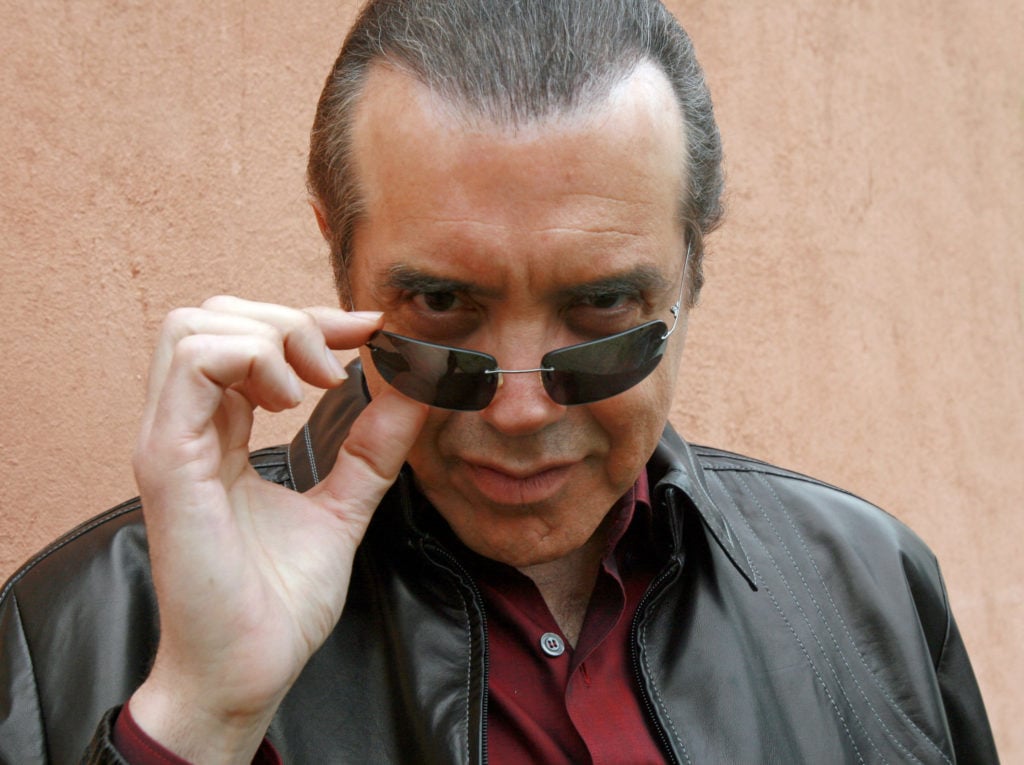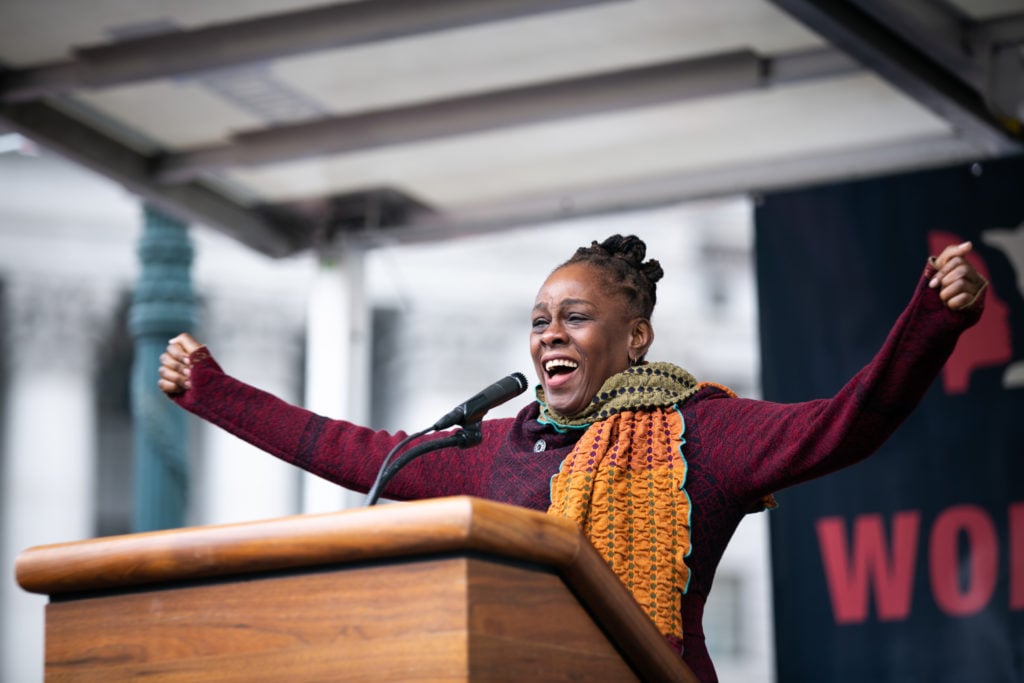Politics
In the Mysterious Fall of New York City’s Culture Czar, ‘The Usual Suspects’ Actor Chazz Palmenteri May Have Played a Part
A dust-up over a monument to an Italian-American saint gave de Blasio rival Andrew Cuomo a chance to score points.

A dust-up over a monument to an Italian-American saint gave de Blasio rival Andrew Cuomo a chance to score points.

Brian Boucher

In a small church in Upper Manhattan stands a shrine devoted to Saint Frances Xavier Cabrini, whose remains reside in a glass case under the altar. Some eleven miles to the south, in Lower Manhattan, a conflict involving the city’s first lady Chirlane McCray and actor Chazz Palminteri over a public monument to the Catholic Saint appears to be one piece in the puzzle over the resignation of popular New York culture czar Tom Finkelpearl, who unexpectedly announced last week that he would resign after five years on the job, with no reason for his departure.
The Palminteri flap arose over the She Built NYC project, an initiative created by first lady Chirlane McCray and former deputy mayor Alicia Glen to honor women who were key to New York’s history. After a study found that just five of the city’s 150 statues honor women, She Built NYC sought public nominations for women to memorialize, finally choosing icons including jazz titan Billie Holliday and Civil Rights leader Elizabeth Jennings Graham.
In the process, Sister Cabrini received 219 nominations from the public, more than double the next-most-popular candidate, journalist Jane Jacobs, who had 93. Holiday appears much farther down the list of nominees, with 16 (in fact, she appears below the “Triangle Shirtwaist Fire,” which had 26).

Chirlane McCray speaks during the Women’s Unity Rally at Foley Square. (Photo by Karla Ann Cote/NurPhoto via Getty Images)
The final list included no Italian Americans, a snub that led to substantial protests, including a march of some 1,000 New York Catholics. It also caught the attention of Palminteri, known for his Oscar-nominated performance in Bullets Over Broadway and as special agent Kujan in The Usual Suspects, as well as for his autobiographical play and movie A Bronx Tale. In an interview on 77 WABC radio, he said of McCray, “Absolutely, she is being racist. C’mon. As Italian Americans we have to speak up.”
Appearing on the same show later in the month, Palminteri walked back the accusation of racism, but still pressed the issue: “I just wanted an explanation. It’s not racism? OK. Then what was it? You just cast aside Mother Cabrini.”
The debate with Palminteri was just one of several high-profile flaps over public monuments in New York City that happened simultaneously last month. A competition to create a new monument in East Harlem to replace a statue to the doctor J. Marion Sims was hit by a protest when community members virulently objected to the choice of artist Simone Leigh’s design by a city-convened panel of experts over local favorite Vinnie Bagwell.
While the Sims monument drew more coverage in the art world, the dust-up over the Sister Cabrini statue may have been particularly grating for mayor de Blasio, given that his longtime rival, New York governor Andrew Cuomo, personally intervened. In the wake of Palminteri’s comments, Cuomo announced on Columbus Day that he would be committing $750,000 in state funds to erect a monument to Sister Cabrini, making an implicit dig at She Built NYC in the process.
“With this statue, the Italian American community, the Catholic community in New York… will feel satisfied that she is being represented,” Cuomo declared. “Our asset is our diversity, but to keep the diversity positive, every group has to feel included.”
The 19-member commission convened by Cuomo to find an artist and a location for the new Cabrini monument includes Angelo Vivolo of the Columbus Heritage Coalition, Brooklyn diocese bishop Nicholas DiMarzio, and FOX Business journalist Maria Bartiromo.
Born in Italy in 1850, Sister Cabrini came to New York on the Pope’s orders to help poor Italian immigrants. She was so successful that she ended up building schools, orphanages, and hospitals on three continents. Pope Pius XII canonized her in 1946, and she was named Patroness of Immigrants in 1950. The organization she founded, the Institute of the Missionary Sisters of the Sacred Heart of Jesus, still operates on six continents.
Finkelpearl’s tenure was marked by ambitious ventures as well as controversy. Along with council majority leader Jimmy Van Bramer, Finkelpearl headed up the formation of the first culture plan for New York City, released in 2017, which included $18.5 million in new investments for cultural initiatives. It also introduced a requirement that many of the city’s cultural organizations meaningfully diversify their boards and staff as well as their visitorship. Under his leadership, the city also launched the IDNYC program, in which city residents, including undocumented immigrants, could acquire a form of identification that also secured them benefits at some forty cultural institutions.